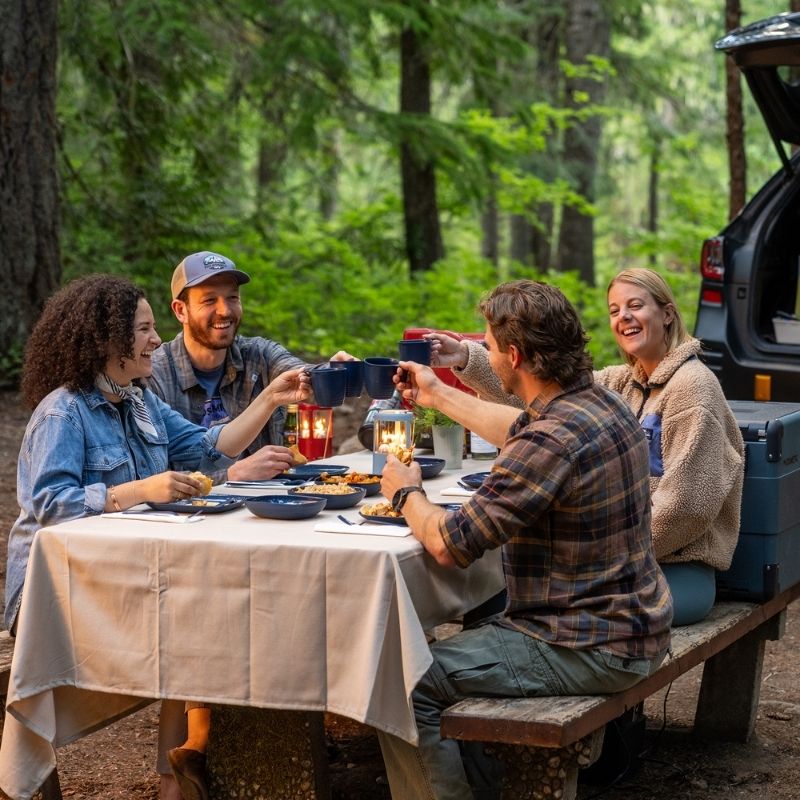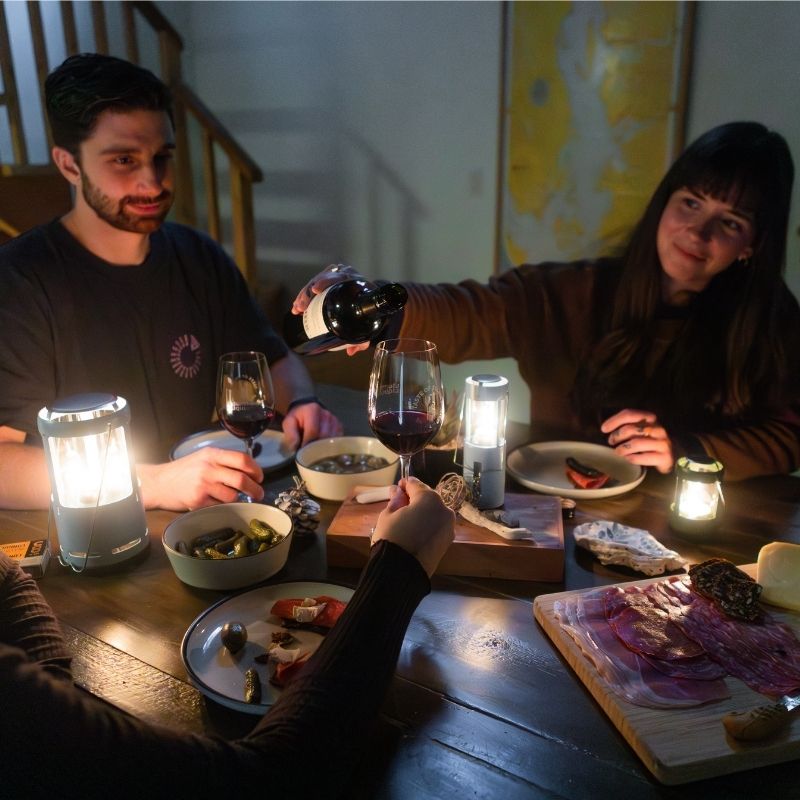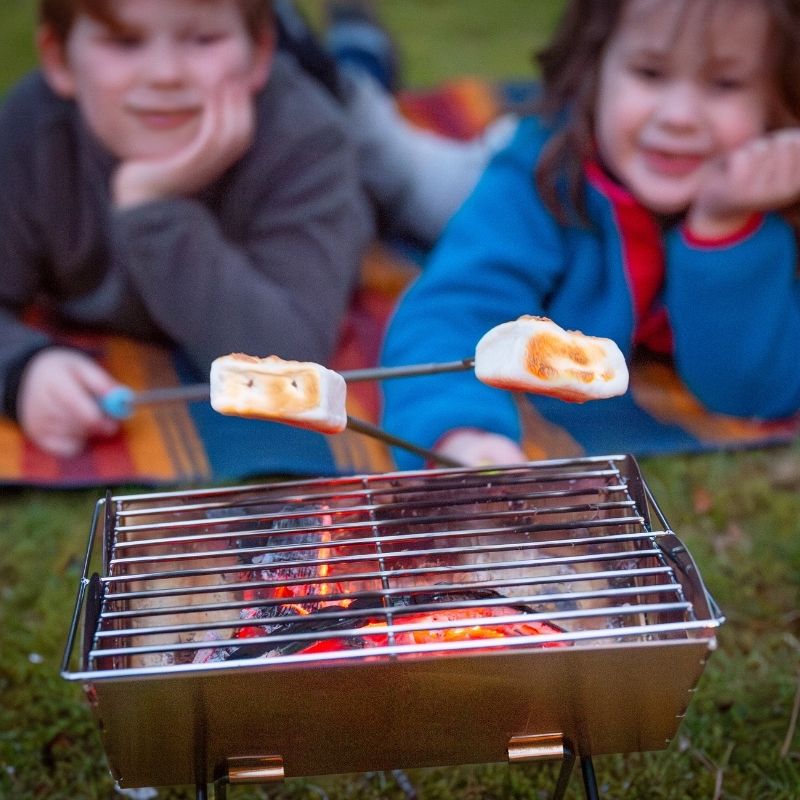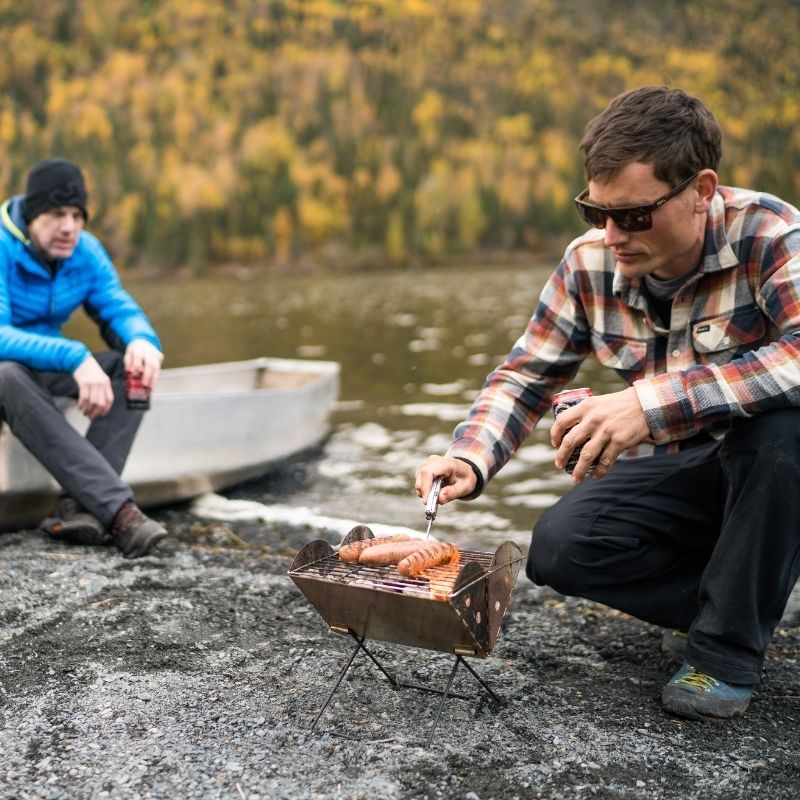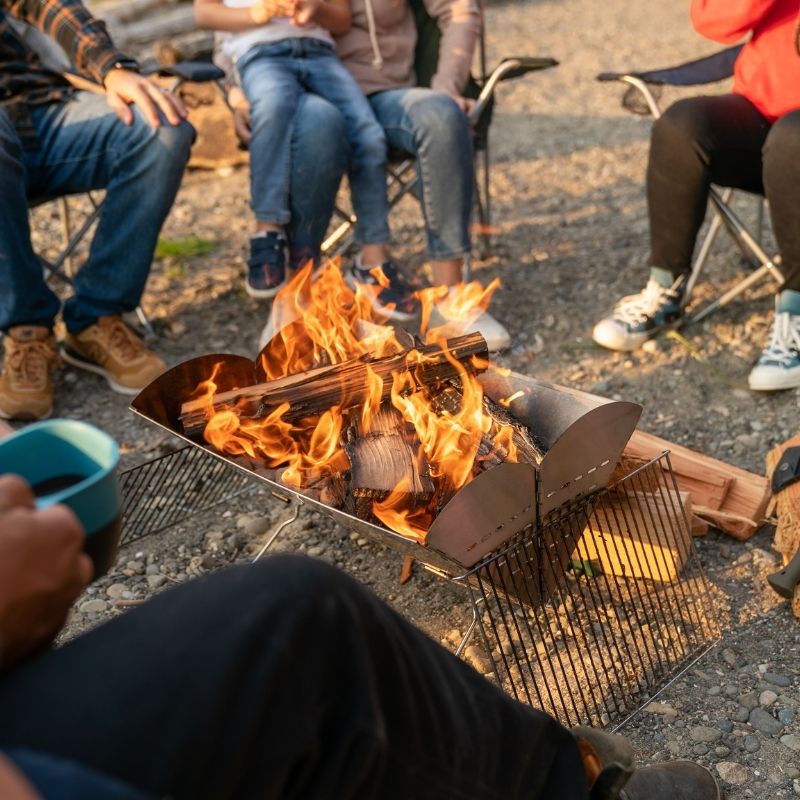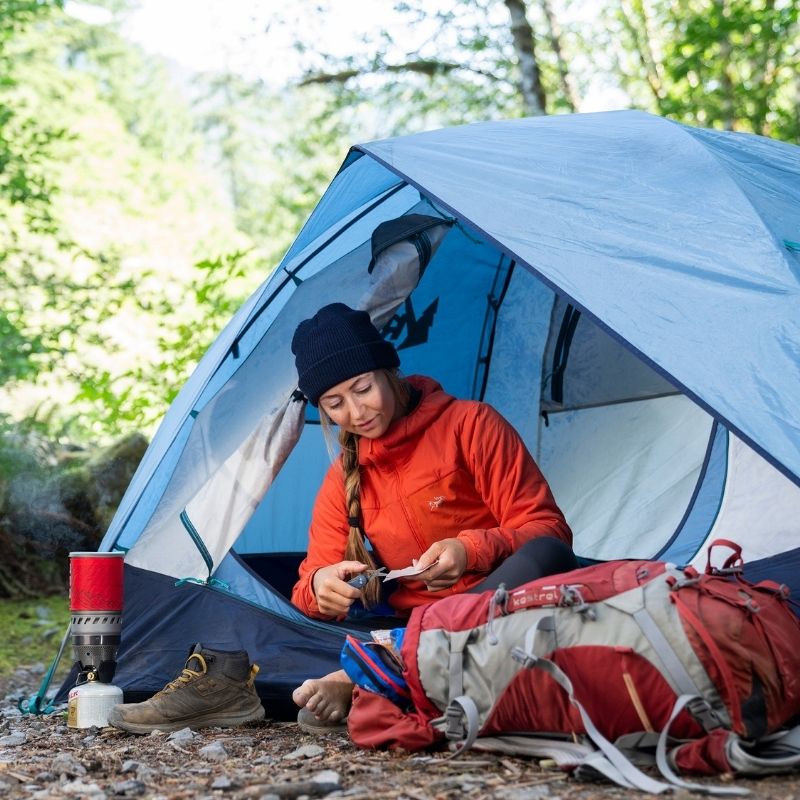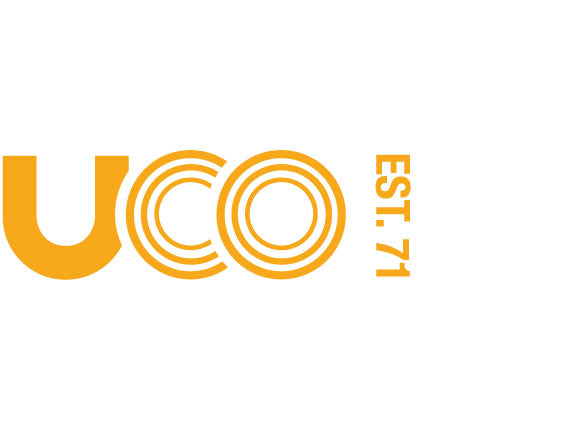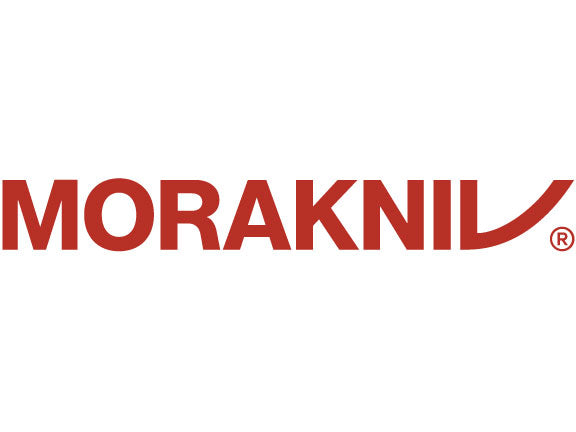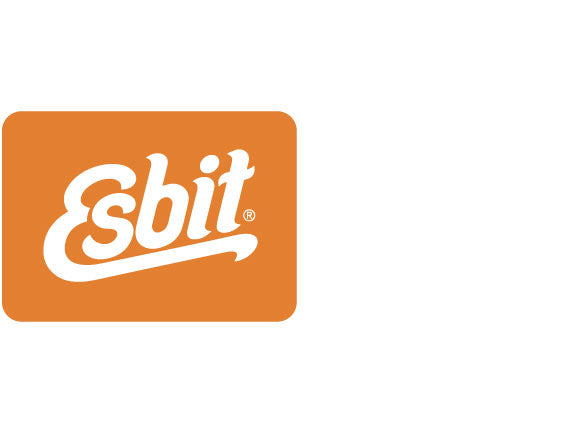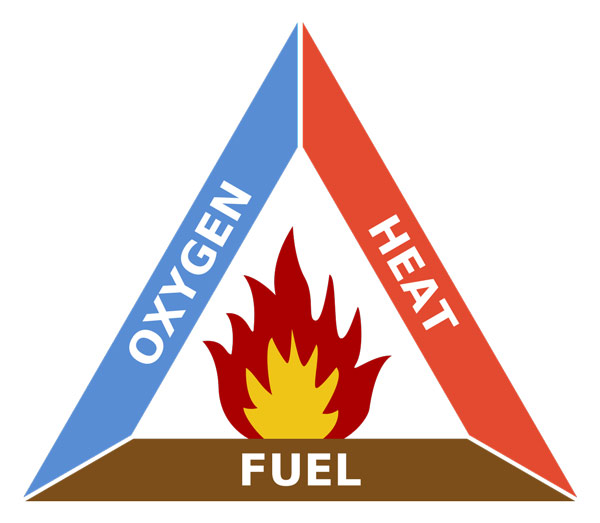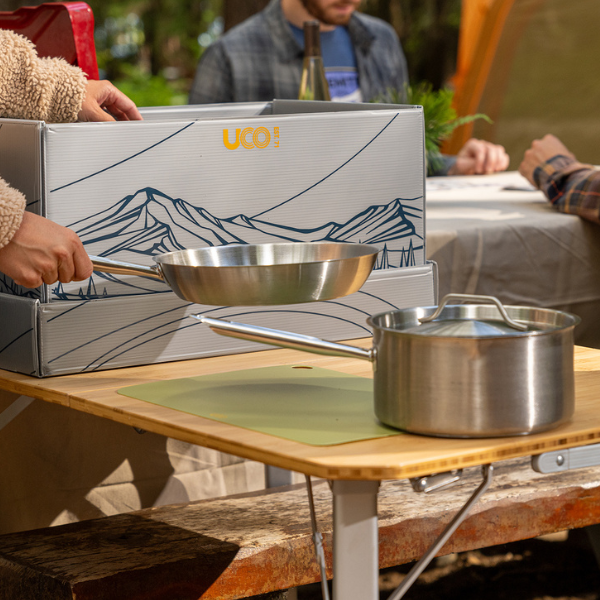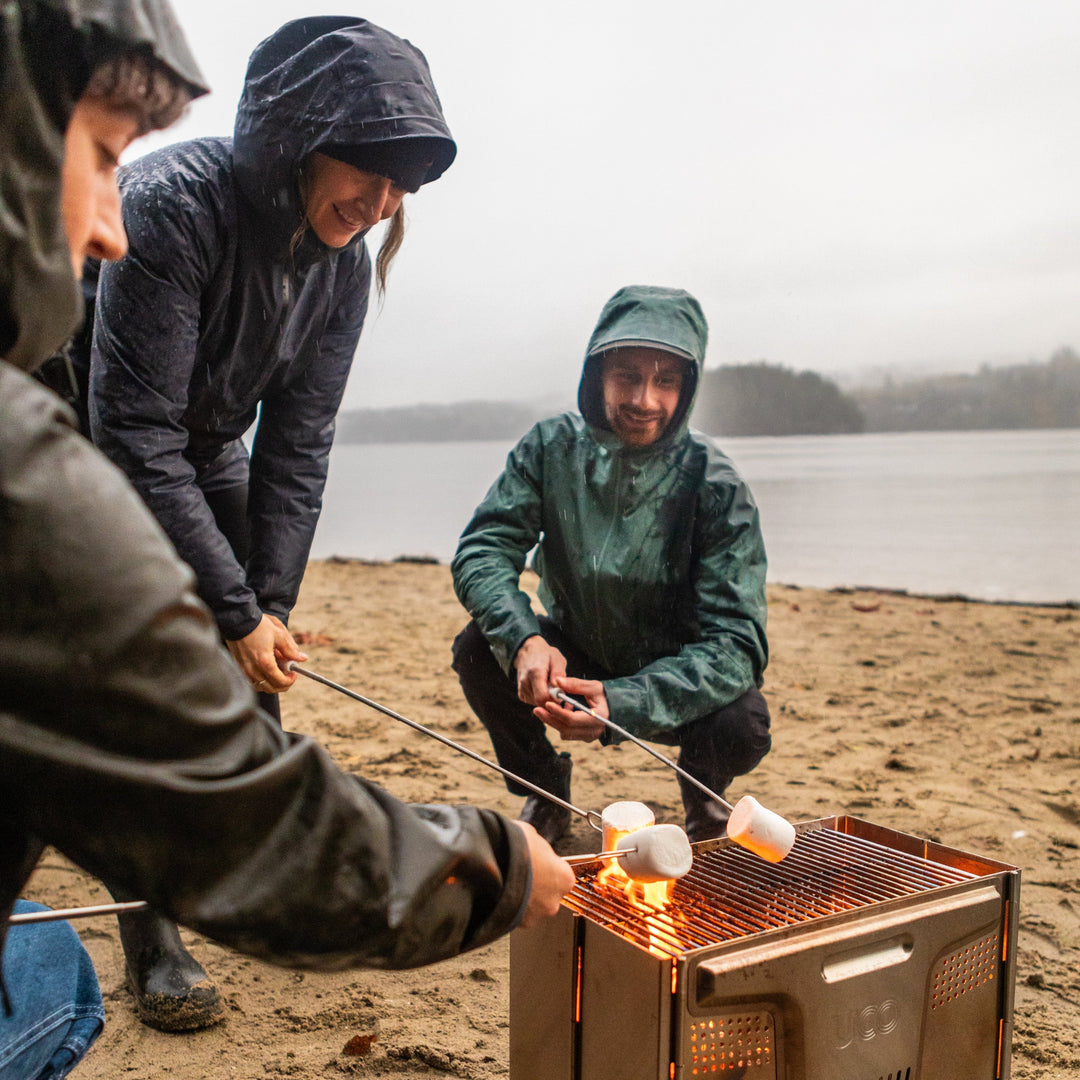By Dan Wowak

The theory of starting a fire is simple. Fire is at the core of human existence as it provides warmth, utility, and comfort. Enabling us to cook food at camp, keep warm on a cold night, and purify water; it is easy to understand why fire is essential. Prior to starting a fire, we need to understand some fundamental principles. Having a reliable ignition source, collecting proper materials, and understanding the triangle of fire is the recipe for success.
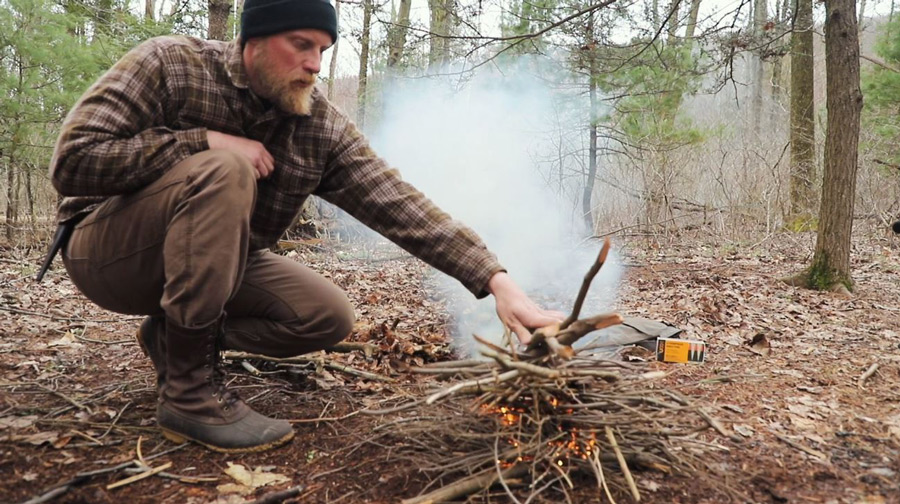
THE TRIANGLE OF FIRE
Simply put, a fire is created when the triangle of fire is intact. The triangle of fire is an easy way to examine the necessary elements of fire. Each side of the triangle is comprised of one element: heat, oxygen or fuel. To best illustrate this, envision that each side of the triangle is pushing inward if any element is eliminated the triangle will collapse on itself and no fire will exist. Seems easy right? That’s really all there is to it. The complexity of fire making is having insight as to what element or elements are insufficient within the triangle. Possesing the knowledge to manipulate elements into their correct state will result in successfully starting a fire.
1. Heat – This is the element of the triangle that we introduce, whereas nature provides the other elements of fuel and oxygen. An open flame source provides the most reliable heat source and eliminates the need of using advanced techniques when starting a fire. Remember, heat can be dispersed quickly and ineffectively by an overabundance of fuel, moisture, or lack of oxygen.
2. Oxygen– Without a constant source of oxygen, the fire will quickly end. Always allow ample amounts of oxygen to enter into the fire lay. It is important that the fire can draw clean, fresh air in order to grow larger and stronger. When starting a fire, placing large amounts of wood over the heat source cuts off the oxygen flow, effectively smothering it.
3. Fuel – One of the most challenging elements of the triangle is choosing the correct fuel. It is extremely important to match the fuel source to the other two elements. When choosing the proper fuel source, visualize a lit match. If a large log were to be placed over the lit match, the flame would only able to heat a very small section of the large log. The log will never burn because there is too much fuel in comparison to the heat of the match. However, take the same match and place a toothpick sized stick above it. The flame from the match will engulf the small stick and ignite it into flame. The burning stick will now yield a larger flame allowing more sticks to be placed over it. Continue this process and soon you will be starting a fire.
CHOOSING MATERIALS – TINDER, KINDLING, FUEL
TINDER BUNDLE
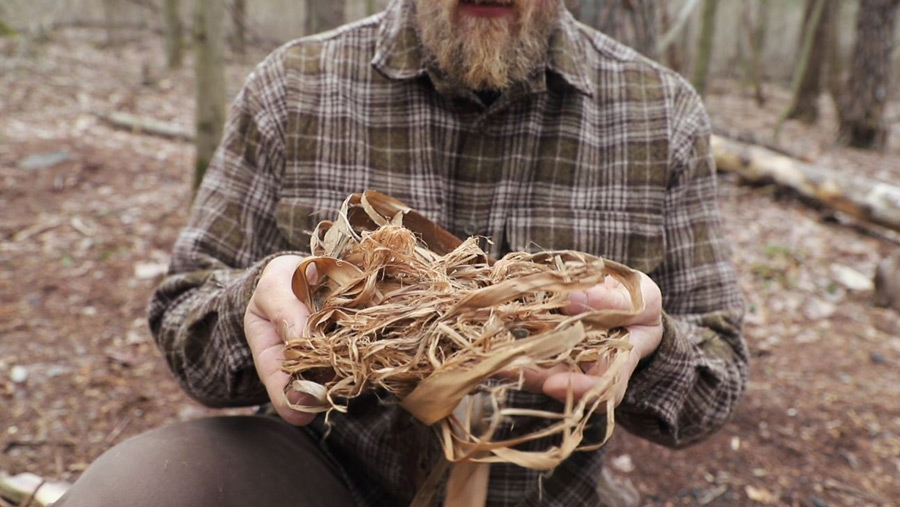
The tinder bundle is a small gathering of fine and course materials that will ignite when exposed to open flame. Although not needed to affect fire, a tinder bundle provides benefit to the user by extending and expanding the initial flame source. Some choices for a tinder bundle include birch bark, inter barks of trees, dried grasses, and even dried flower tops. Most ideal when creating a tinder bundle is to gather materials into a softball sized ball.
TINDER
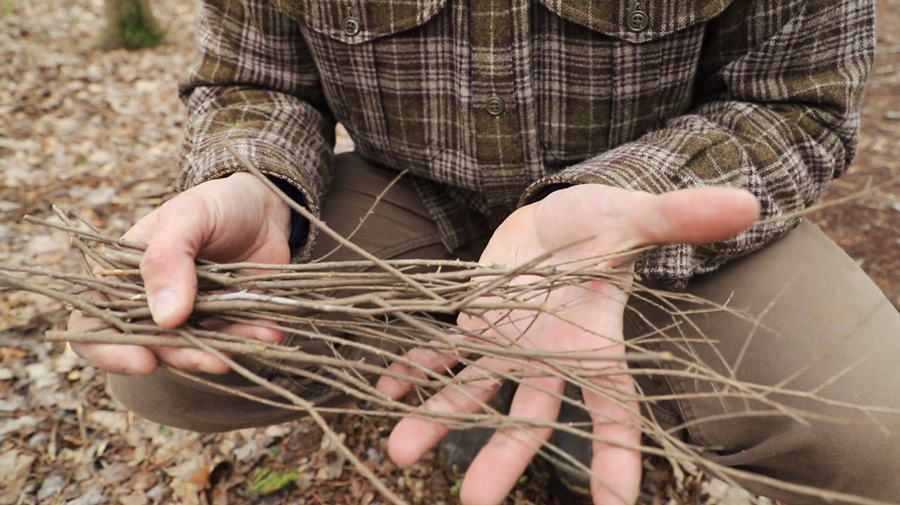
Tinder material should be toothpick sized wood up to wood that is the size of a #2 pencil. It is important to gather a lot of material this size because it serves as the initial wood source that will help grow the flame. As more and more tinder ignites it will allow larger fuel sources to be added to further develop the fire. Some good choices when looking for this type of wood is to search at the base of pine trees, as they have small branches low to the ground that is dry and dead yet still attached to the tree.
KINDLING
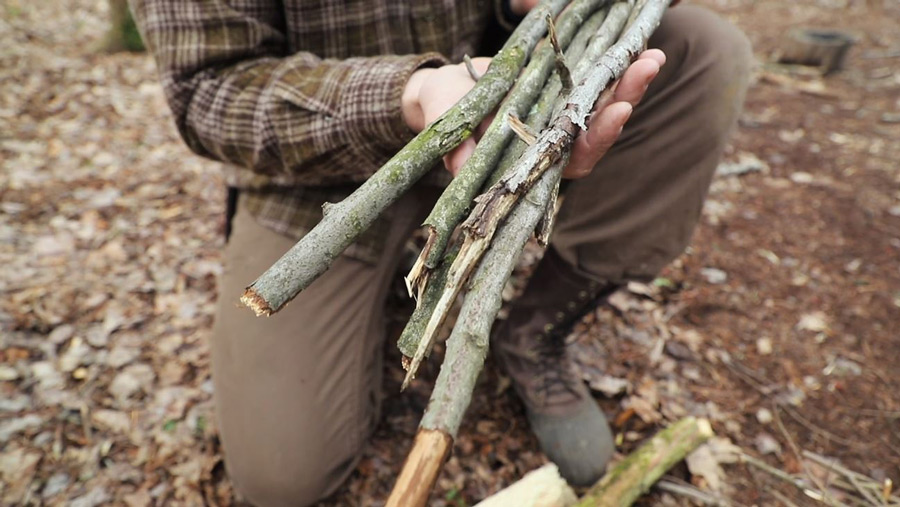
Kindling is medium sized material within the fire lay. A good rule is to gather material the size of a #2 pencil up to pieces the diameter of your thumb. Make sure it is as dry as possible and from dead trees. Live trees or green wood is full of moisture and do not burn well.
FUEL
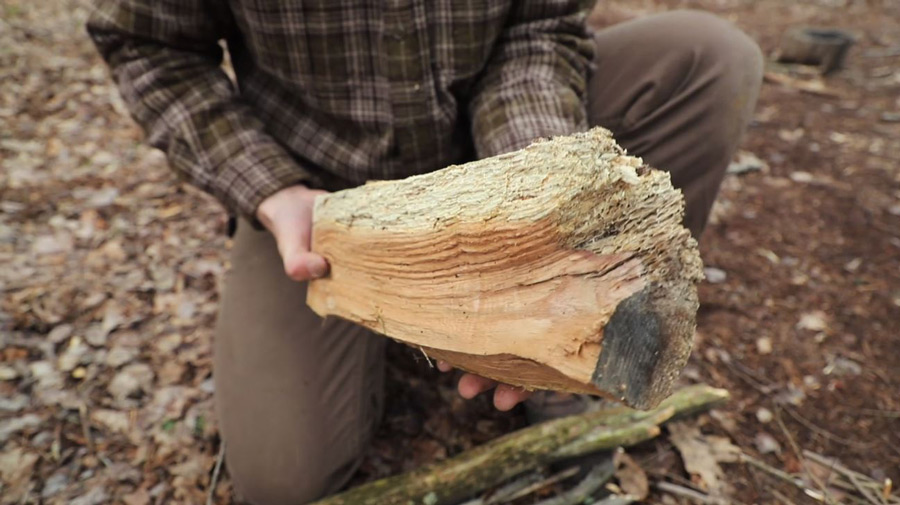
Larger campfire material is referred to as fuel. Fuel is wood the diameter of your thumb and larger. Fuel sources can be as large as a split log, the most typical campfire wood. This source of wood is going to maintain your fire for long durations, provide maximum warmth, and allow a beautiful bed of embers perfect for cooking.
CHOOSING A FIRE STARTER
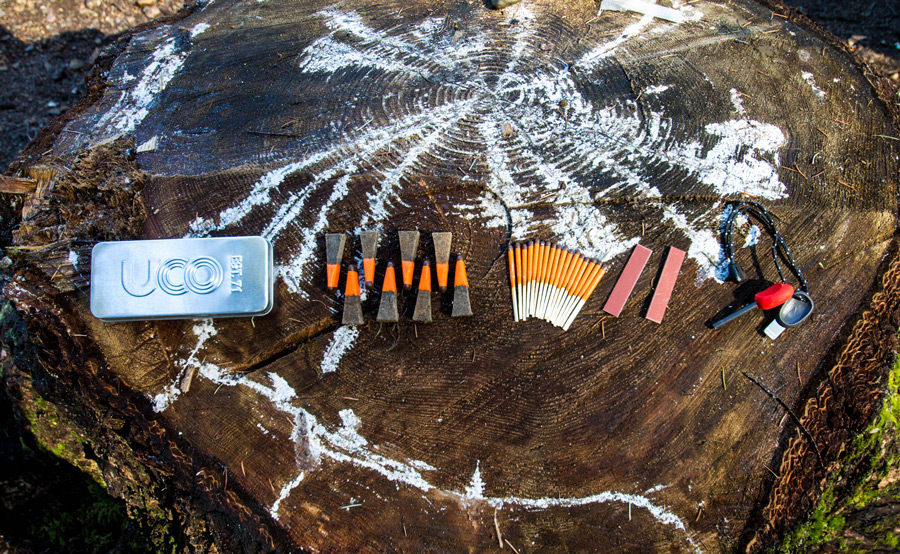
Your decision to carry a specific fire starter should be taken with much care. In the wilderness we do not have control over the environment, however, we do have control over how we ignite our fires. In my opinion, an open flame source is the most reliable method. In fact, we immediately have fire once we ignite our match; all we need to do is Shepard that flame into something more, something larger and stronger. With so many fire starters on the market, how do we decide?
The best answer to this question is it depends. Consider your needs, are you carrying fire starters for emergency situations or just to start a campfire for enjoyment on the trail? Matches, such as UCO Stormproof Matches, are a great choice as they are water and weather-proof. These fire starters will burn in even the most adverse weather conditions.
Knowing you have a flame in any environmental condition is very important. Other products, such as UCO Sweetfire, provide longer burn times allowing the user more room for error when starting a fire. Personally, I carry both styles of fire starter. The Stormproof Matches and Sweetfire cover the entire basis and can even be used in conjunction with one another in extreme conditions.
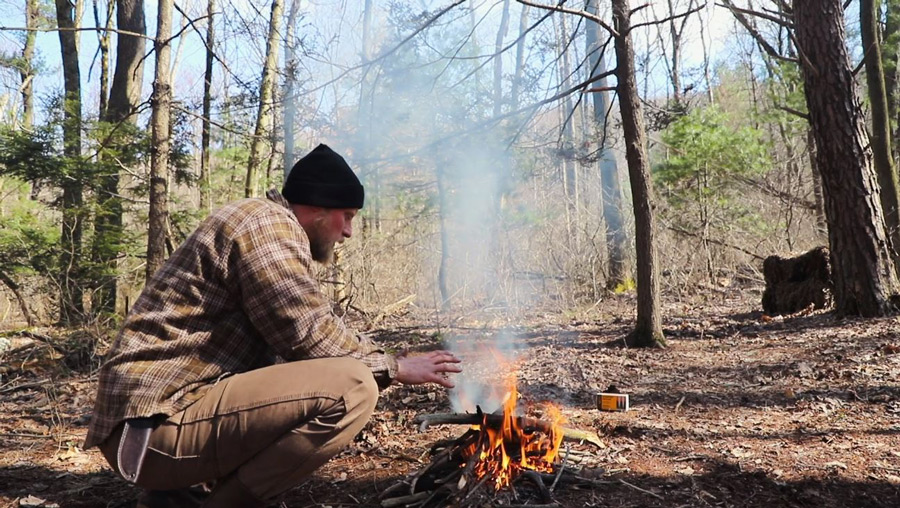
Heat, oxygen, and fuel must all be present when starting a fire. Once started, we can cook, warm ourselves, and purify our water sources. We can eliminate much struggle when starting a fire by carrying reliable fire starters and understanding how fire is developed. Don’t forget that the elements within the triangle of fire must work in conjunction with each other. Multiple elements may be out of sync with one another but referring back to the triangle of fire will give you the correct solution. Starting a fire can be a vital lifeline that we cannot do without, but most of all it adds much enjoyment to our outdoor adventures.
ABOUT THE AUTHOR
DAN WOWAK – APPALACHIAN BUSHMAN SCHOOL
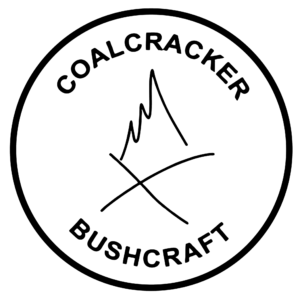
Dan Wowak, Owner and Instructor, of Coalcracker Bushcraft and the Appalachian Bushman School, has been an avid outdoorsman since childhood. His love and passion for the outdoors began while fishing and hiking with his grandfather in the hills of Appalachia. Over the years, he continued pursuing his love for the outdoors through backpacking, camping, hunting, and trapping. As time went on, Dan’s enthusiasm for the outdoors compounded with his drive for reaching his physical and mental limits. The collision of these two passions launched him into the unforgiving, highly dynamic world of survival and bushcraft. He spent years honing this craft and was driven to inspire individuals to pursue a love of wilderness skills. Dan has been formally teaching and sharing knowledge of survival and wilderness living for several years. Most recently Dan has had the opportunity to put his lifetime of knowledge and foundational survival approach to the test on History Channel’s Alone Television Series.


